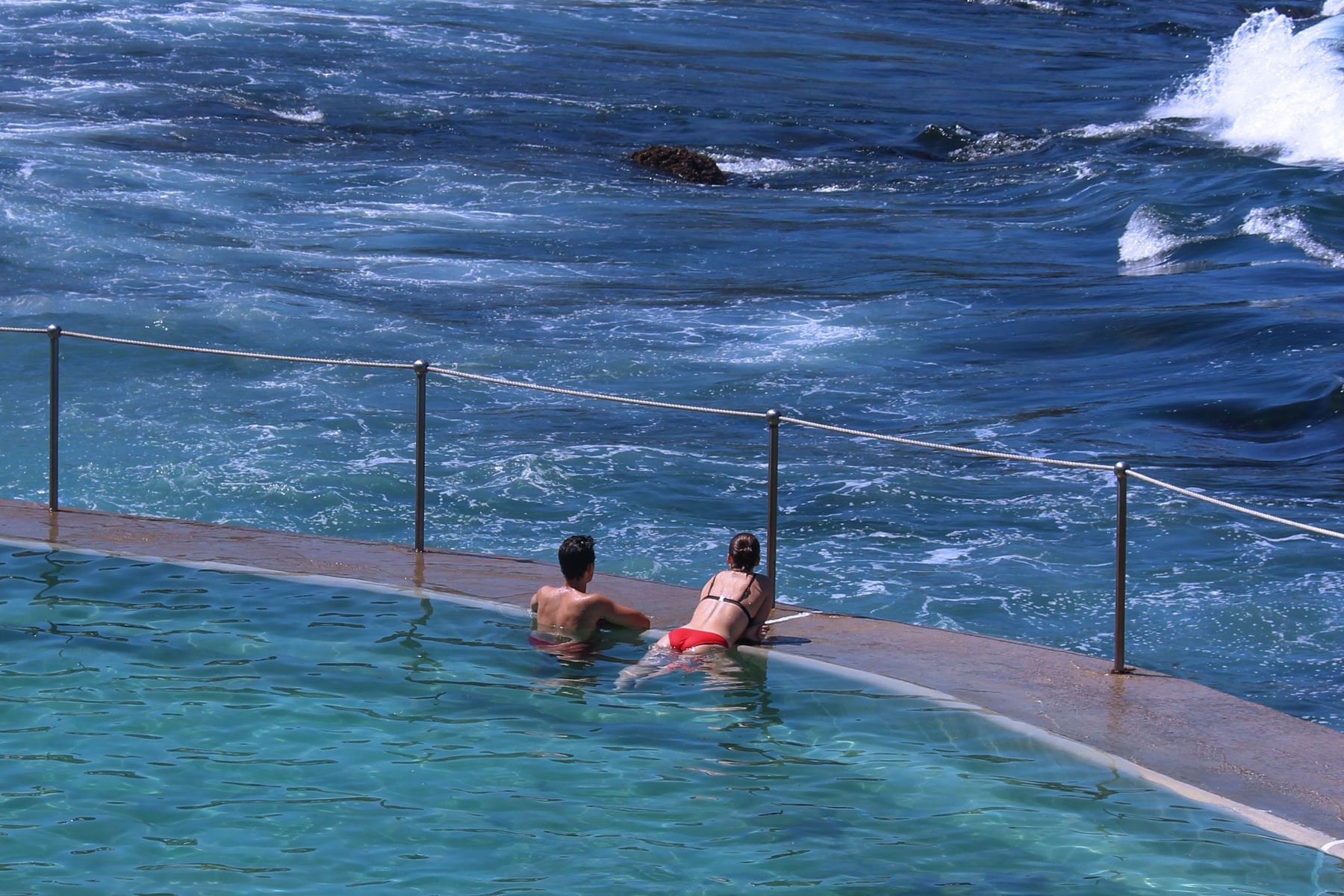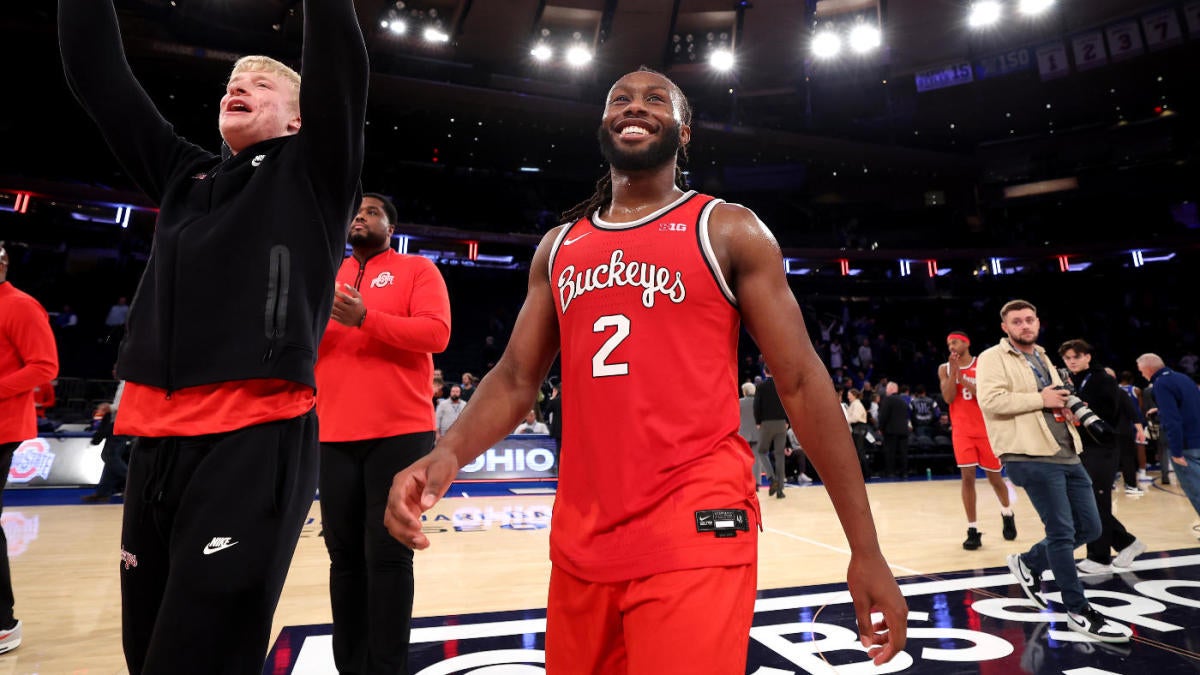Travel
The Problem With Travel Brand Marketing – And How To Fix It

Skift Take
An obsession with prestige can obscure the declining value of traditional media. Travel brands need to re-evaluate their comms and marketing strategies.
I recently had a conversation with the head of communications at a big global luxury brand. She mentioned that the usual sources of information that we have come to trust and revere were no longer moving the needle for her brand’s business.
A splashy spread in a Conde Nast-style publication? That may stroke the ego of an executive, she suggested, but there isn’t much strategic or business driving value.
Following the U.S. election, traditional news organizations are all wrestling with whether they missed where the country was. Travel media has the same issues.
Skift’s founder and CEO Rafat Ali made the point in a LinkedIn post:
The one big lesson from this election season all around the world, especially U.S.: mainstream media is obsolete, fractured into million podcasts, specialist sources and social platforms, mostly X. YouTube is now the most powerful media company on the planet, still underestimated. And yet. Travel industry – especially companies and organizations from emerging tourism countries – remains obsessed with mainstream consumer media, the PR complex sells them goods that are way beyond their expiry date. The only reason some travel magazines still exist is PR people love to tout the clips they get for their clients, the clients are happy they have their names in these once-relevant, still-outwardly-shiny sources, and even that was debatable back then.
I couldn’t agree more.
The blunt reality is: Too much ego and sentimentality exists in modern travel marketing. Sticking to the old way of doing things without doing the hard work to evaluate, assess, and evolve how a brand’s story is told and how heads are being put in beds.
And “alpha” – the extra return brands hope for from marketing – is being left on the table in favor of shiny parties and being in the cool club. “It’s how things have always been done” is not working.
Here are a few ways for marketers to thoughtfully slough off the laziness and investigate areas that could bring greater returns:
Embracing YouTube
YouTube is far and away where consumers go the most to look for travel content. So I find it insane that it is such a barren wasteland when it comes to brand involvement.
When I look up a property, I either see (1) corporate marketing that looks like brochures or (2) raw, user generated content that often looks a bit choppy, sloppy and doesn’t represent the brand well.
There is an incredible middle ground, where a brand can make something native and interesting to the platform, tells a story, and doesn’t feel awkward. This can include influencer-crafted video, done with the right levels of taste and vision.
Understanding the Substack Ecosystem
While mainstream media continues to suffer from a credibility crisis and can’t stop writing the same issues year after year (e.g. The Africa Issue, the Gold List) like a rinse-and-repeat formula, a lot of the most interesting writing has been taking place on Substack.
The next travel writers and people driving brand love and revenue to properties around the world are currently incubating their voices here. It is worth figuring out meaningful ways to test and learn (trips, engagement, sponsored advertising in the right places), as well as traditional PR-related outreach, rather than just focusing on the big targets.
Longform Audio
While a lot of attention has migrated to longform audio, I haven’t seen creative applications for travel brands in the podcast space.
Where is the brand supported “No Reservations” or Bourdain-inspired content that is done tastefully? Production costs are much lower than splashy video campaigns, but it requires taste and ambition to do this well. I would trust a brand like Belmond to nail it if they set their minds to it.
Breaking Boring Luxury Ad Narratives
Too much luxury travel marketing is awash in cliches, and often leaning on codes from adjacent fashion advertising from a decade ago.
The panning shots, the casting, the unrelatable people, and the storylines feel incredibly flat and synthetic. I was actually quite impressed by the Peninsula Hotels’ recent campaign because it flipped the script, and put the focus on the brand’s frontline staff. I also chuckled at Carson Glover’s send-up of traditional cliches they sought to avoid: “Women looking out at things.”
There is no mistake that the work is still advertising, but it tastefully shifts the center of gravity in a meaningful way.
Some Pockets of Actual Power Remain
I am not saying that all traditional media is dead. In fact, those publications that have a built in, high-net worth readership like Bloomberg Pursuits and the FT Weekend continue to wield a lot of demonstrable business power for brands (and also commission really good writing).
Print can still be a luxury product as Monocle has shown. But some of the others have been in noticeable decline, as evidenced by the lazy commissioning, the over-coddled editors hopping from jolly to junket without a care, and doing the same issue themes every year.
Most issues don’t seem to be thumping down on the table as they used to due to anemic advertising.
Ripping Up the Playbook
Stasis is the enemy of actual ROI. Travel brands and marketers need to get rid of sentimentality, evaluate their relationships and spend, and question how much “prestige” is actually moving the needle for what they are doing.
At the same time, it is a time to take some chances and place new bets. The fragmentation of traditional media creates opportunity for the brands that take a bold approach. Just as in the financial markets, outsized returns exist when you do contrarian things.









